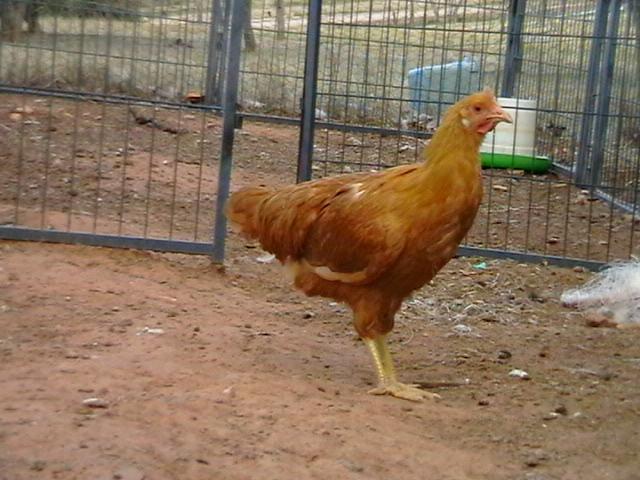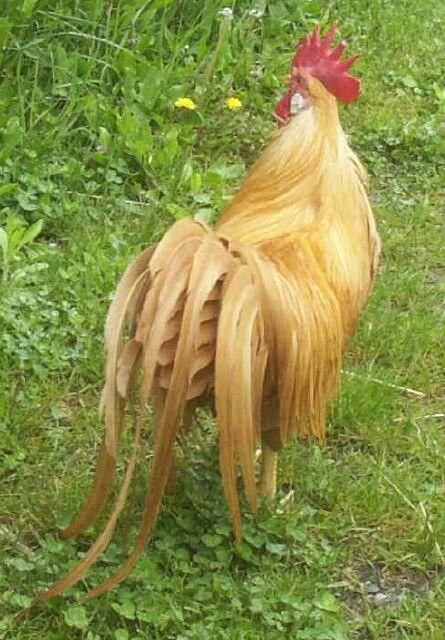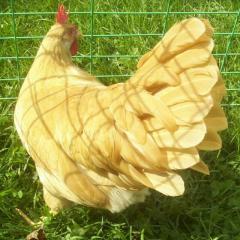Ok i'm goin to try and load some pic's...
These are what i hatched out last season they would be about 3 to 4 months old they have done it a little tough as i had be very busy with other things as well.
These birds still have a lot of growing to do and still are growing feathers so finished product is a while of yet....
Please feel free to leave comments on here good or bad it doesn't bother me...
You guys might see some thing i don't and it is always good to have someone on the outsides oppinion... But remember the pictures aren't the best i'll get better ones once it stops rainning and the mud dries up ..
This is one of the cockerals i have my eye on to see how he finishes i like him but he does have a darker feather through his tail
This is of one of the birds with the red coming out in him..
A picture of the darker cockerals feathers.
A lighter and darker cockeral
Lighter and darker cockerals and a nicee head shot
C:\\Documents and Settings\\Owner\\My Documents\\My Pictures\\Buff Leghorns\\Buff Leghorns 013.jpg
This is one of my pullets she is the best one i have
Hope they help
cheers shane








